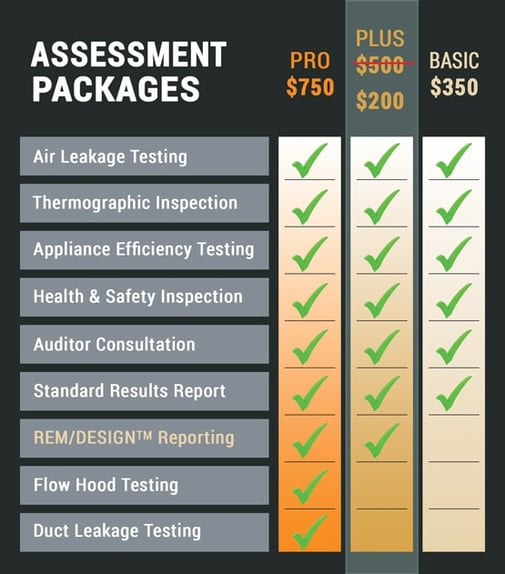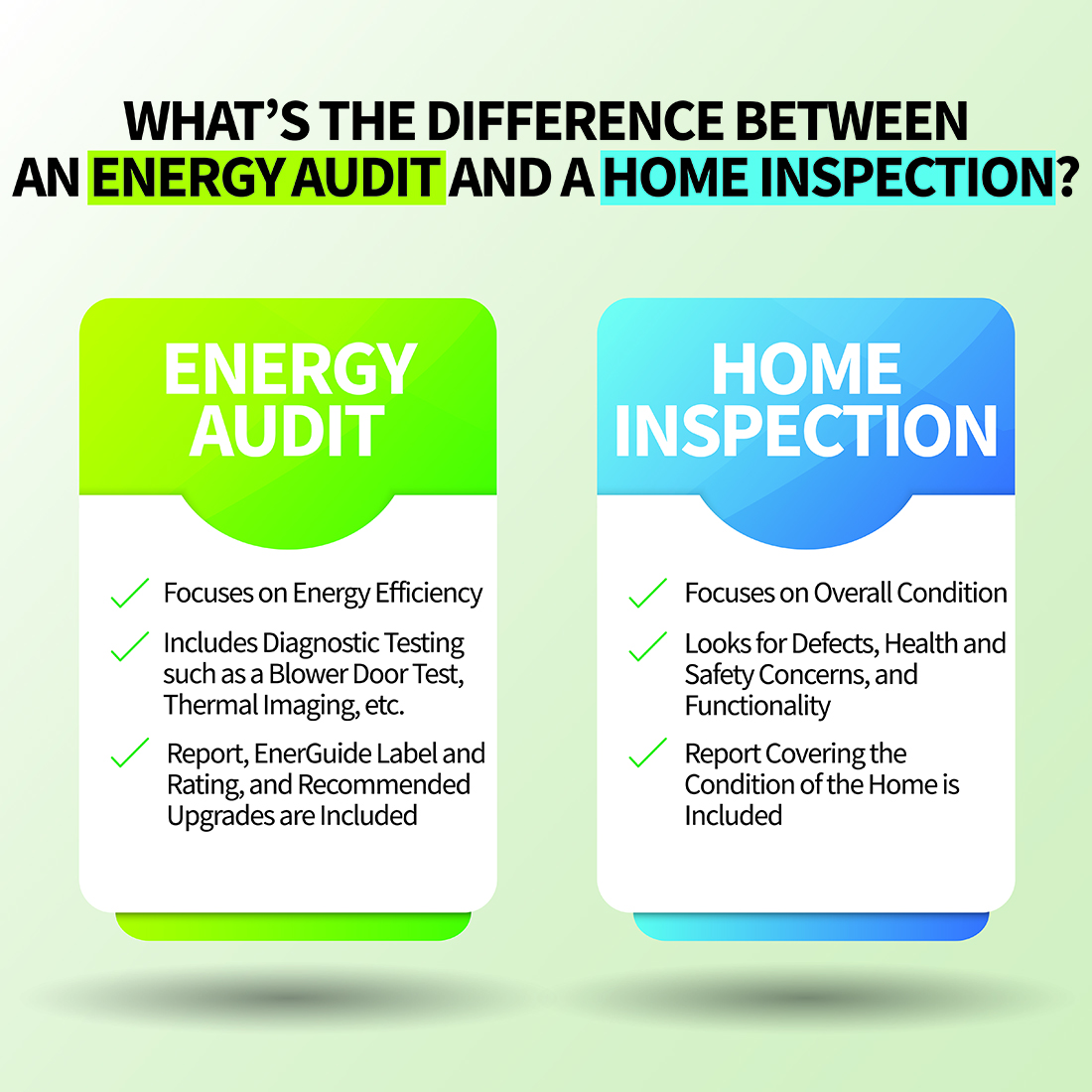How energy testing reduces allergy triggers and indoor irritants
How energy testing reduces allergy triggers and indoor irritants
Blog Article
The Role of Power Screening in Attaining an Airtight Option for Your Residential or commercial property
Power testing is crucial for homeowner seeking to develop an airtight setting. It determines air leaks and ineffectiveness that can compromise energy efficiency. Usual wrongdoers consist of gaps around doors and windows. Utilizing approaches like blower door examinations and thermal imaging, house owners can obtain understandings right into their building's vulnerabilities (air tight solutions). Understanding these searchings for is vital. What actions should be taken when air leaks are determined? The solutions hold the trick to improved convenience and financial savings
Understanding Power Testing and Its Importance
Energy testing plays an important duty in assessing the airtightness of frameworks and structures. By determining air leakage, this approach supplies crucial insights into a residential property's energy performance, thermal comfort, and total performance. Airtight structures minimize power intake, making sure that cooling and heating systems operate efficiently. This screening process commonly entails techniques such as blower door tests, which develop a controlled setting to identify unintentional air pathways.Understanding the relevance of energy testing extends past compliance with building codes; it cultivates a proactive technique to sustainability. Recognizing air leakages early can result in timely removal, ultimately boosting interior air quality and decreasing utility costs. In addition, power screening adds to the long life of building materials by minimizing moisture accumulation and relevant damages. As recognition of environmental impact rises, energy testing becomes a vital device for house owners and building contractors going for high-performance buildings.
Typical Resources of Air Leaks in Properties
Recognizing typical resources of air leakages is essential for improving a building's power efficiency. These leakages typically occur in numerous areas of a structure, significantly impacting heating & cooling expenses. Usual wrongdoers include voids around windows and doors, where seals may deteriorate gradually. In addition, electric outlets and buttons can develop pathways for air exchange if not effectively insulated. Cellars and attic rooms are also regular sources, specifically where wall surfaces meet the roofing system or the structure. Other prospective leakage factors consist of plumbing infiltrations, airing vent systems, and the areas bordering chimneys. In addition, older residential or commercial properties might experience deteriorated building materials, enhancing susceptability to air seepage. By acknowledging these typical sources, home proprietors can take aggressive actions to secure leaks, thus improving overall power efficiency and comfort within their spaces. Attending to these issues is an essential part of developing a closed option for any residential or commercial property.
Techniques of Energy Testing: Blower Door and Thermal Imaging
Effective power testing approaches, such as blower door examinations and thermal imaging, play an essential function in detecting air leakages within a home. The blower door test involves pressurizing or depressurizing a structure to gauge air flow and identify leaks. A calibrated follower is mounted in an outside entrance, and the resulting pressure distinction highlights locations of unwanted air seepage. This approach evaluates the general airtightness of the structure.Thermal imaging matches blower door tests by visually spotting temperature variants on surface areas, disclosing concealed air leaks. Infrared video cameras record warmth loss or gain, permitting specific recognition of problem locations, such as badly shielded walls or voids around doors and windows. energy testing. With each other, these methods give a detailed assessment of a home's energy effectiveness, enabling homeowner to attend to air leaks successfully and improve general efficiency
Benefits of Identifying Air Leaks
Recognizing air leaks provides substantial advantages for power efficiency and indoor convenience. By sealing these leaks, structures can lower energy usage, bring about lower utility costs and a decreased carbon impact. Additionally, improved airtightness adds to a more stable indoor setting, improving general convenience for residents.
Power Efficiency Improvements
Detecting air leaks is necessary for boosting energy effectiveness in structures. Determining these leakages allows homeowner to attend to areas where conditioned air gets away or unconditioned air gets in, bring about significant energy savings. By sealing fractures and spaces, structures can keep a regular temperature, minimizing the demand on heating and cooling systems. This not only lowers energy bills but also reduces the environmental impact associated with enhanced energy consumption. In addition, power performance enhancements add to a structure's overall sustainability, making it a much more appealing choice for eco-conscious purchasers or occupants. Ultimately, prioritizing air leakage detection and remediation helps enhance energy use, promotes liable resource monitoring, and sustains long-term monetary benefits for homeowner.

Enhanced Indoor Convenience
Dealing with air leakages not just results in power savings yet likewise substantially boosts interior comfort. When air leakages are properly recognized and secured, temperature guideline within a property becomes much more effective. This leads to consistent interior temperatures, getting rid of cool drafts in wintertime and warm places in summer season. Boosted insulation also lowers sound pollution from outdoors, producing a quieter and more calm living setting. Furthermore, enhanced air quality is attained by lessening the infiltration of outside pollutants, irritants, and humidity, adding to the overall wellness of occupants. Property owners experience a more pleasant ambience, cultivating leisure and see this productivity. Ultimately, identifying and correcting air leakages is crucial for accomplishing suitable indoor comfort throughout the year.
Exactly How Energy Testing Enhances Convenience and Indoor Air Quality
Power testing plays a vital role in enhancing temperature guideline within interior rooms, guaranteeing a regular and comfy environment. By recognizing and sealing air leakages, it likewise considerably reduces the seepage of contaminants, thereby boosting indoor air quality. This dual influence fosters general health for residents.
Boosted Temperature Level Policy
Efficient temperature level law significantly adds to both comfort and interior air quality, making it a critical focus for modern structure layout. Energy screening plays a crucial duty in accomplishing this law by determining areas where warm loss or gain happens, enabling targeted renovations. By ensuring a closed building envelope, energy testing aids keep over at this website consistent indoor temperatures, decreasing the requirement for too much heating or cooling. This security boosts owner convenience, as variations in temperature level can result in pain and dissatisfaction. Furthermore, efficient temperature control can boost interior air quality by reducing the threat of condensation and mold development, which flourish in unequal temperature problems. Therefore, energy testing is essential for maximizing temperature level monitoring in residential and business residential properties.
Lowered Pollutant Infiltration
While many elements contribute to indoor air quality, minimized toxin seepage attracts attention as a necessary element that power testing can greatly enhance. Energy screening determines air leakages and powerlessness in a structure's envelope, which may enable exterior contaminants, allergens, and moisture to enter indoor rooms. By securing these leaks, properties can properly restrict air-borne contaminants, resulting in a healthier setting. Enhanced airtightness not just improves convenience however also minimizes the worry on home heating and cooling systems, leading to energy savings. In addition, lowered toxin seepage fosters much better total health for owners, as cleaner air advertises breathing wellness and lowers allergic reaction symptoms. Power testing plays an essential duty in creating both an energy-efficient and health-conscious living area.
The Financial Effect of Power Screening on Energy Bills

Actions to Take After Power Testing Results
As soon as energy screening outcomes remain in, homeowners should thoroughly assess the findings to establish one of the most effective path forward. The very first step involves recognizing the locations that need enhancement, such as air leakages or insulation deficiencies. Homeowners should after that prioritize repairs based upon the severity of the concerns and their prospective influence on energy efficiency.Next, it is recommended to talk to specialists that specialize in energy performance to develop a thorough activity plan. This may consist of services like securing gaps, adding insulation, or upgrading home windows and doors.After carrying out the needed changes, a follow-up energy test can establish the efficiency of the repair work. Continual surveillance is additionally necessary to ensure that the building keeps its impermeable standing with time. By complying with these actions, property owners can significantly boost their residential property's power effectiveness, leading to decreased energy testing energy costs and boosted convenience.
Frequently Asked Inquiries
Just how Typically Should I Conduct Power Checking on My Residential or commercial property?
The frequency of power screening must generally be every few years, or following significant remodellings. Routine assessments help determine effectiveness renovations and ensure that the residential or commercial property maintains excellent power efficiency with time, adjusting to transforming conditions.
Is Power Screening Necessary for New Constructions?
Power screening is necessary for new constructions, as it determines possible air leak and insulation problems - energy testing. Executing these tests warranties power effectiveness, enhances indoor comfort, and fulfills building codes, eventually resulting in lasting cost financial savings
Can I Perform Energy Screening Myself?
Power screening generally needs customized tools and experience. While some homeowners might try standard assessments, professional solutions assure exact outcomes and reliable recognition of concerns, eventually bring about far better power effectiveness and comfort in living areas.
What Is the Expense of Expert Energy Testing Services?
The price of specialist energy screening services commonly ranges from $300 to $1,500, depending on residential or commercial property complexity, place, and dimension. Home owners should consider possible power savings when evaluating the financial investment in these services.
Just How Long Do Energy Screening Results Usually Last?
Energy testing results generally stay legitimate for one to three years, relying on elements like structure modifications and ecological changes. Routine updates are advised to guarantee precision and keep efficient power efficiency requirements. Reliable energy testing techniques, such as blower door examinations and thermal imaging, play a necessary role in identifying air leakages within a residential property. Identifying these leaks permits residential property proprietors to deal with areas where conditioned air runs away or unconditioned air enters, leading to significant power financial savings. Power screening identifies air leakages and weak factors in a building's envelope, which may enable outside toxins, irritants, and moisture to enter indoor areas. As house owners significantly seek to minimize their power costs, the duty of power screening ends up being crucial in identifying leaks and inadequacies. Home owners should then focus on fixings based on the severity of the issues and their prospective influence on power efficiency.Next, it is a good idea to seek advice from with experts that specialize in power efficiency to design a thorough action plan.
Report this page